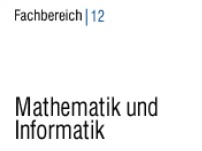 |
 |
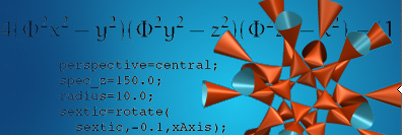 |
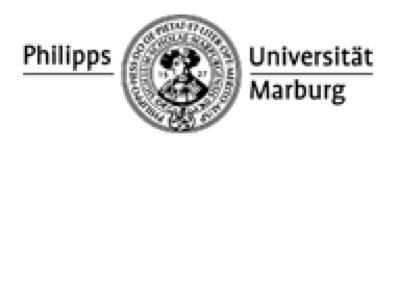 |
Götz Pfander
Professor, Philipps-Universität Marburg
Underlying principles
One of the traditional goals in numerical harmonic and functional analysis, is the development of efficient methods to assemble (synthesize) or decompose (analyse) functions or operators into well-understood basic building blocks. Analysis relies on the understanding of appropriately chosen basic components and on determining the weight of each component in a given signal. For example, a picture can be decomposed into patches of red, green, and blue of varying intensities. The dual operation is signal synthesis. Using the same building blocks as in the analysis step, we can assemble or reassemble signals and transformations of our liking. Returning to our example, we could, starting from scratch, draw a picture by choosing patches of red, green, and blue and intensities freely.
In digital communications, synthesis and analysis are applied in succession. To transmit digital data through a medium, an analog signal is formed using a synthesis step. Here, the digital information is embedded in the weights. The receiver then performs an analysis of the obtained signal to extract the weights and with it the digital data. The principal objective is to design building blocks that are robust against disturbances present in transmission channels.
Within the past decade, mathematical contributions to these objectives had an tremendous impact on signal processing and communications engineering: wavelet bases were designed to analyze images (jpeg2000), and Gabor systems are currently used to transmit data through wired or wireless channels (OFDM). A wavelet basis consists of functions, which are all equal in shape but which are translated (shifted in time or space) or stretched copies of each other. The building blocks in Gabor theory on the other hand are functions, which are modulated (frequency-shifted) and translated (shifted in time or space) copies of each other.
In recent years, our research within the framework described above focused on time--frequency analysis of operators and Gabor analysis, and their applications in communications engineering. (For educational material, visit the website of our Summer Academy Progress in Mathematics for Communication Systems.)
Some Research Directions
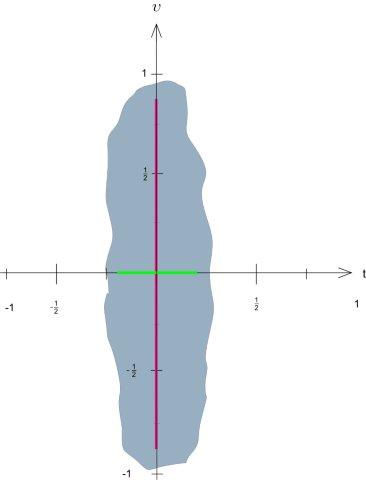
|
A sampling theory for operators and channel measurements The so-called classical sampling theorem states that a bandlimited function can be recovered from its samples
as long as a sufficiently dense sampling grid is used. In the recently developed sampling theory for operators,
bandlimited functions are replaced by pseudodifferential operators that have band-limited Kohn--Nirenberg symbols.
We showed, for example, that if the bandlimitation is described by a bounded Jordan domain of measure less than one,
then the operator can be recovered through its action on a distribution defined on an appropriately chosen sampling
grid. Further, an operator band-limited to a Jordan domain of measure larger than one cannot be recovered through
its action on any tempered distribution whatsoever, pointing towards a fundamental difference to the classical
sampling theorem where a large bandwidth can always be compensated through a sufficiently fine sampling grid.
The dichotomy depending on the size of the bandlimitation in phase space is a manifestation of Heisenberg's
uncertainty principle. Publications: 13,14,15,16,19,23,25,28,31,32,34 |
|
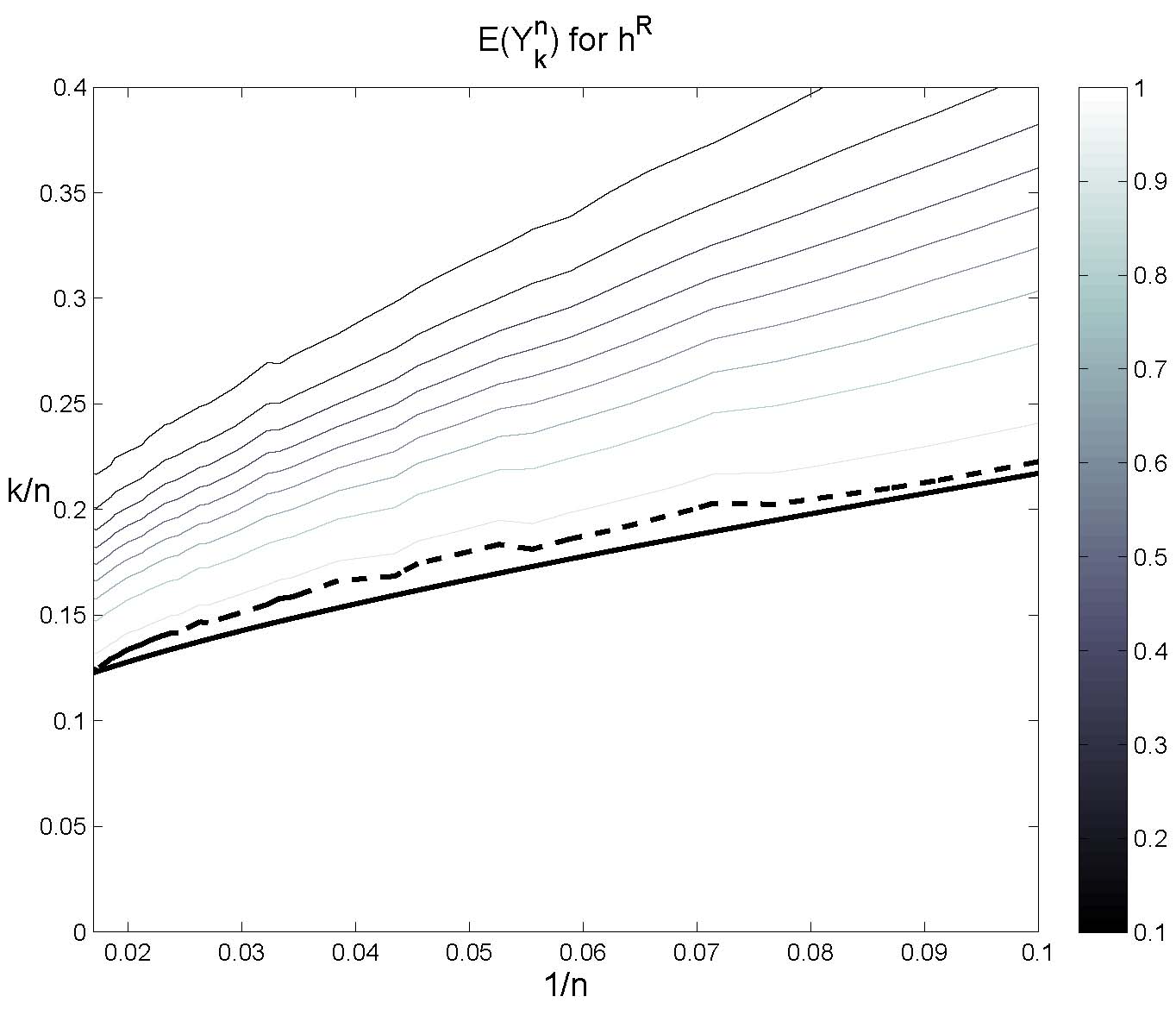
|
Sparse time--frequency representationsEfficient algorithms aiming at the recovery of signals and operators
from a restricted number of measurements must be based on
some a-priori , information about the object under investigation.
In a large body of recent work, the signal or operator at hand is assumed to
have a sparse representation in a given dictionary. A typical example in
this realm is the recovery of vectors that are
sparse in the Euclidean basis, that is, of vectors which have a limited number
of nonzero components at unknown locations. Such a vector is to be
determined efficiently by a small number of linear measurements which are given
by inner products with appropriately chosen analysis vectors.
The difficulty in this body of work lies in the fact that sparsity conditions as those
mentioned above are met by collections of linear subspaces of signal or operator spaces, collections whose unions are nonlinear.
To circumvent a combinatorial and
therefore unfeasible exhaustive search, efficient alternatives such
as $\ell_1$-minimization (Basis Pursuit) have been proposed in the sparse representations and compressed sensing literature.
In this work, we consider sparse representations
in terms of time--frequency shift dictionaries, and investigate
recovery conditions similar to the ones for Gaussian, Bernoulli and Fourier measurements. Publications: 21,25,30 |
|
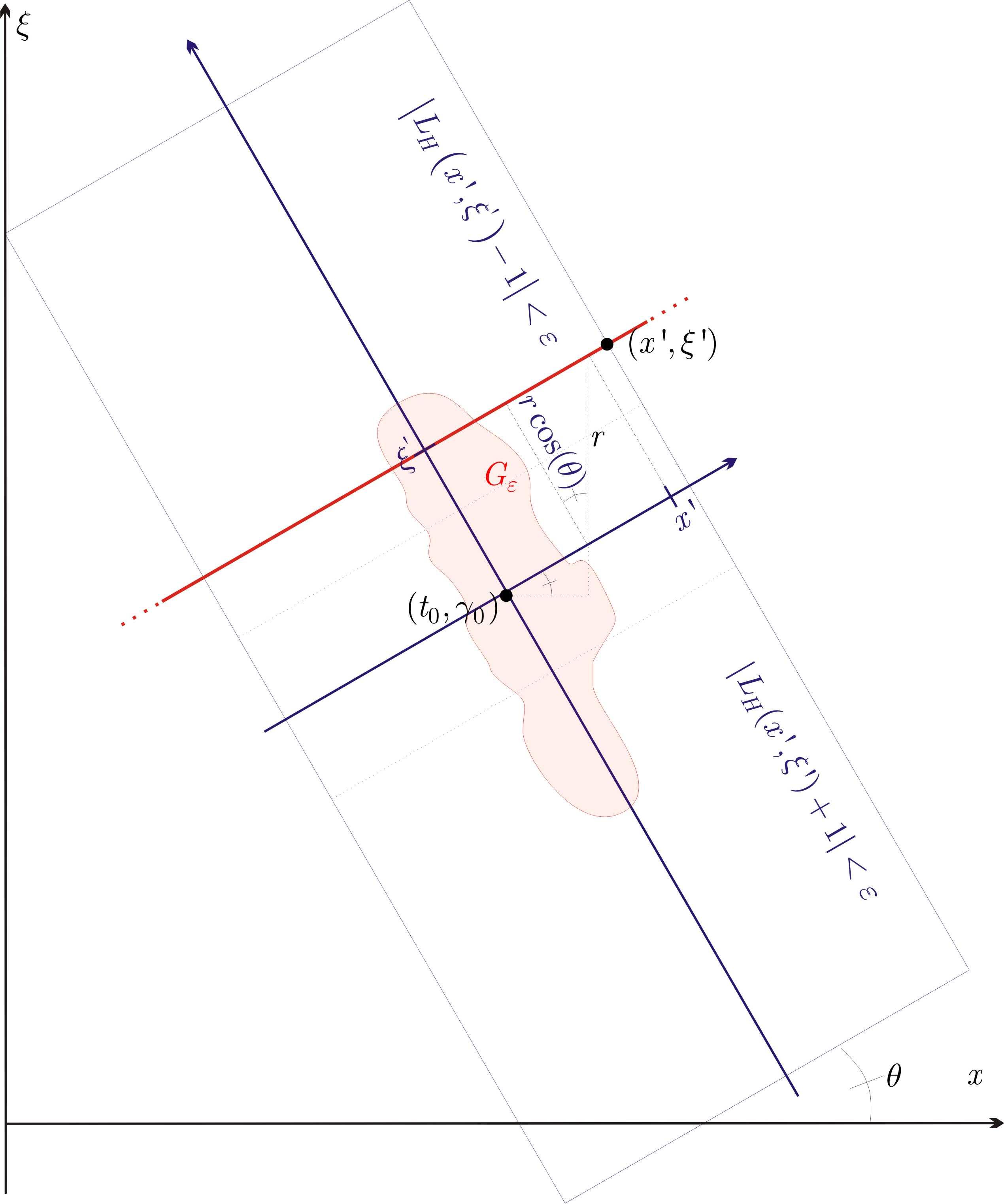
|
Pulse design and time-variant communication channel models
Our goal is the mathematical analysis and optimisation of orthogonal frequency division multiplexing
(OFDM) schemes in view of transmission stability in time-invariant, but also wireless and other time variant environments.
In fact, one of the cornerstones of our work is the analysis of the perturbation stability of different bases
when used in wireless communication channels. For example, we derived estimates which relate the
worst case distortion of a function to the functions time-frequency concentration and
the time variant channel operators spreading support.
Further, we continue our work on the modelling
of narrowband finite lifelength systems such as
wireless radio communications by smooth and
compactly supported spreading functions. Our results include the exact implementation of certain classes of
so-called underspread operators and the derivation of a fast algorithm for computing
the matrix representation of a channel operator
with respect to pulseshaped OFDM bases. |
|
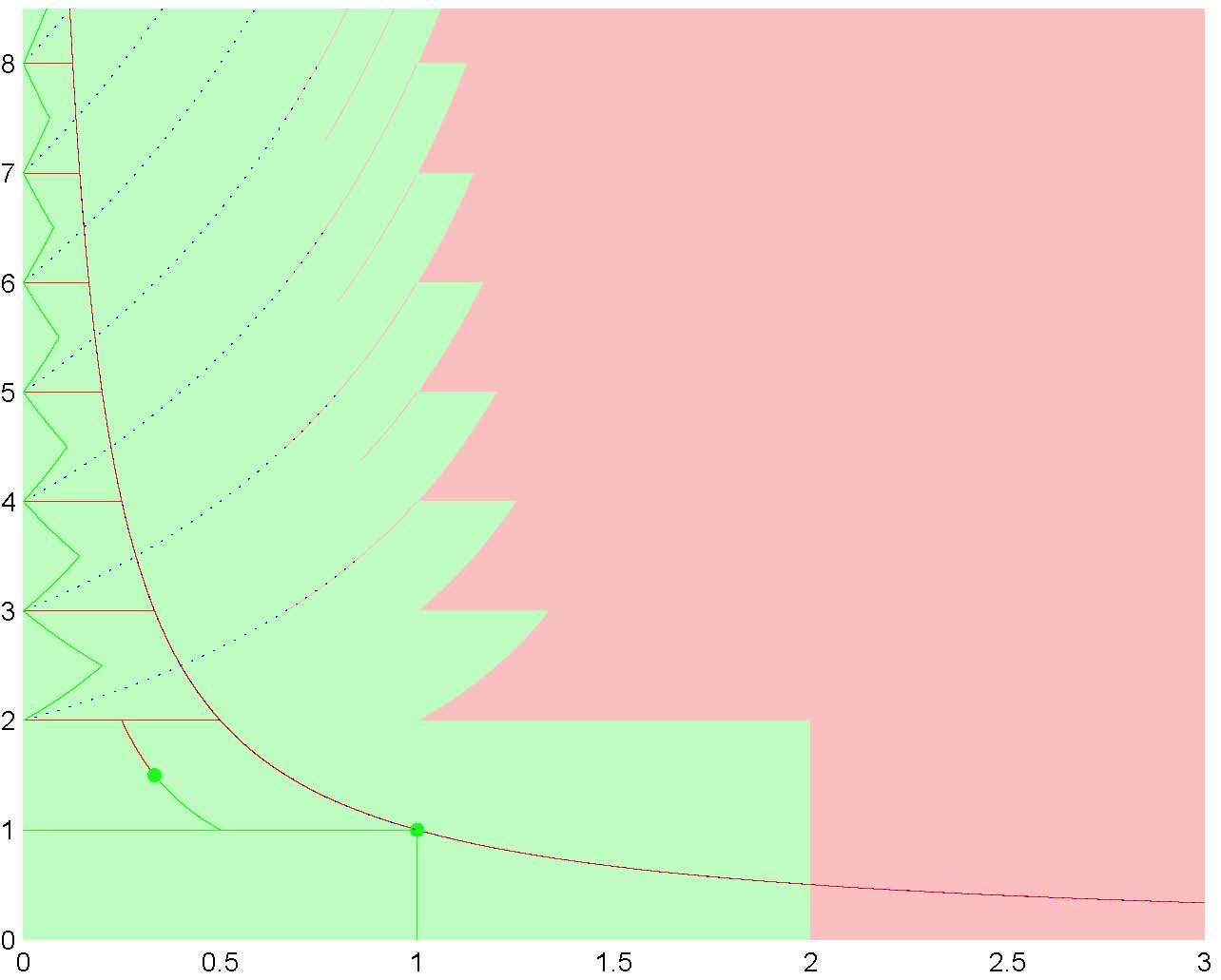
|
Gabor frames on the real line
Within Gabor frame theory proper, we have addressed a number of structural questions. Publications: 11,14,28 |
|
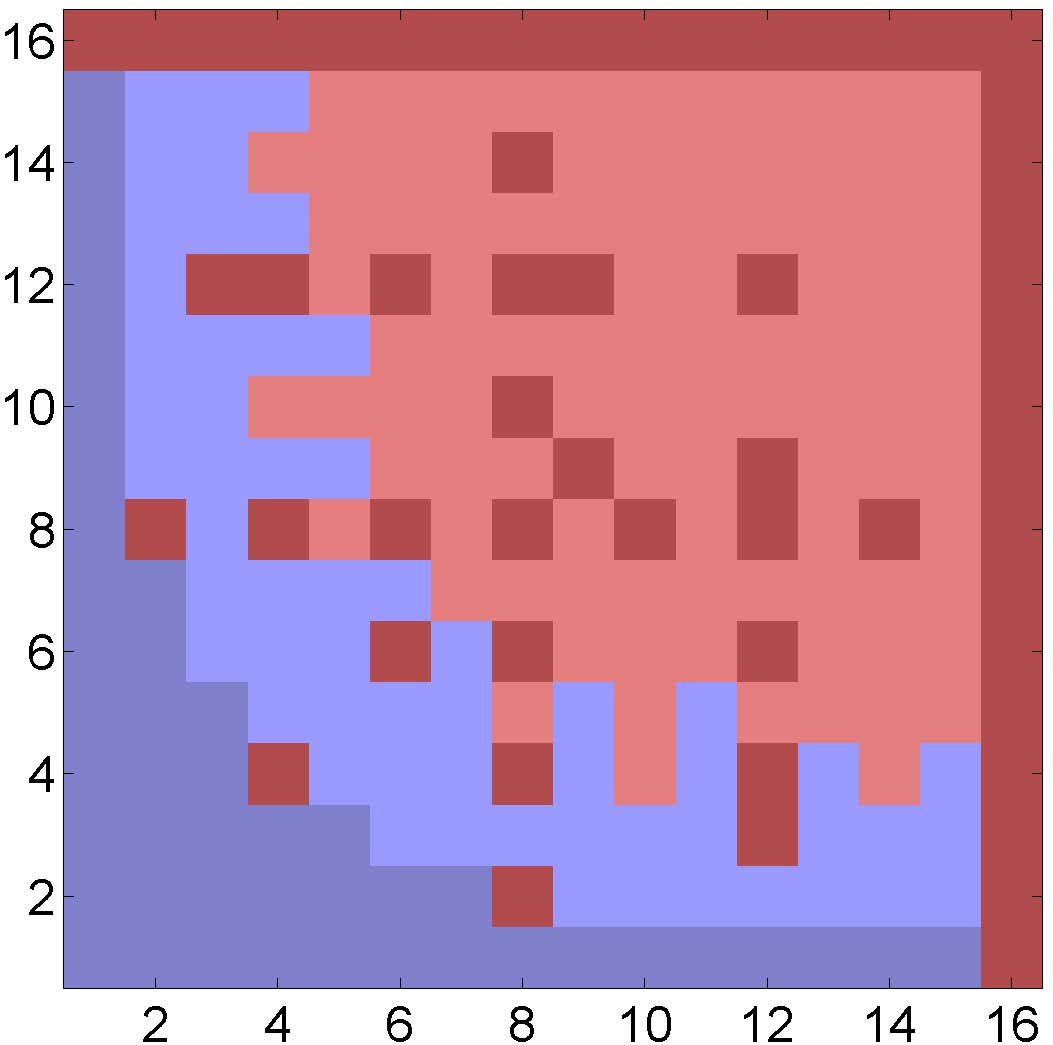
|
Uncertainty principles and time-frequency analysis on finite Abelian groups
Uncertainty principles establish restrictions on how well localized the Fourier
transform of a well localized function can be and vice versa.
In the case of a function defined on a finite Abelian group, localization is generally
expressed through the cardinality of the support of the function.
A classical result on uncertainty states that the product of the
number of nonzero entries in a vector representing a nontrivial function on an
Abelian group and the number of nonzero entries in its Fourier transform is not
smaller than the order of the group. This result has been improved
for any nontrivial Abelian group by Meshulam. Publications: 12,20,24,26,27,29,33 |
|
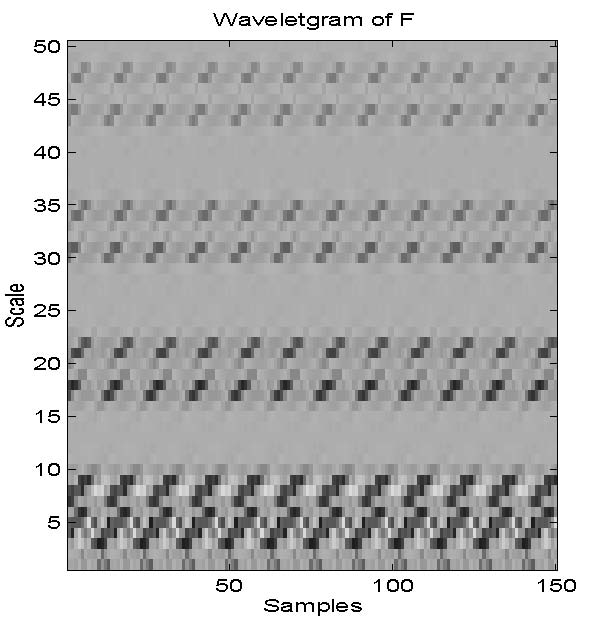
|
Wavelet periodicity detection The theory of periodic wavelet transforms developed here is motivated by the problem of epileptic seizure prediction based on
the analysis of electrical potential time series derived from brain activity
of patients before and during an epileptic seizure. Publications: 0,1,2,3,5,8 |
- Matlab code: Periodicity detection tools (based on my thesis)
- PerMat - Perturbation Matrices
- Matlab package to compute with functions defined on the integers
Please contact me if you are interested in using these tools!